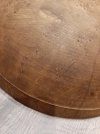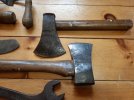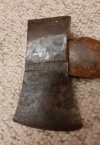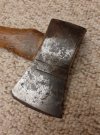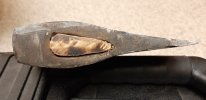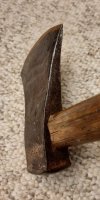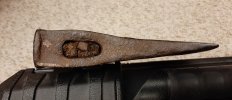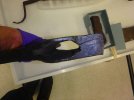the-accumulator
Gold Member
- Joined
- Jan 24, 2008
- Messages
- 909
The forums I frequent include primarily Axe, T&H and Multitool. Recently I was curious about what our cutlery collectors had to say and to show off regarding antique hand-forged food choppers. I posted a photo on the Kitchen Knives forum and invited others to join in the show & tell. To my surprise, I got virtually no response. I then realized that almost all the posts on that forum pertained to new stuff. In my experience with this forum (A, T&H) , I have found a tremendous amount of interest and expertise about the history of the industry and a strong desire amongst the participants to own pieces of the past. Anyone agree/disagree? I am including photos that demonstrate where my passion lies:
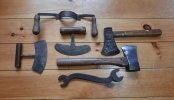


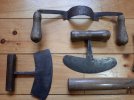
Anybody else share similar passion? T-A




Anybody else share similar passion? T-A




